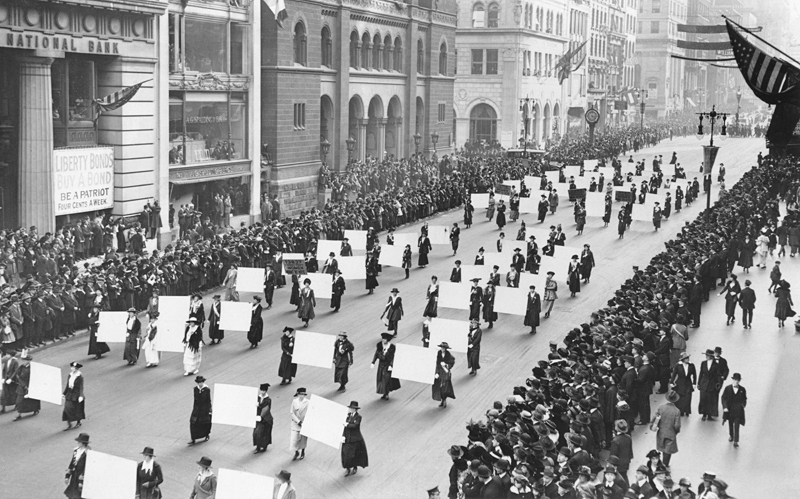The history of women in the U.S. Congress is a story of perseverance, progress, and the ongoing fight for equality. From the election of the first woman to Congress in 1916 to the record-breaking numbers of women serving today, female Congressmembers have played a pivotal role in shaping American policy and advocating for issues that affect all citizens.
Jeannette Rankin: The Trailblazer
The journey began with Jeannette Rankin of Montana, who made history as the first woman elected to the U.S. House of Representatives in 1916—four years before women had the right to vote nationwide. Rankin was a staunch advocate for women’s suffrage and a lifelong pacifist. Her most notable act came in 1917, when she voted against U.S. entry into World War I, and again in 1941, as the only member of Congress to vote against entering World War II.
Early Struggles and Milestones
The early decades saw slow progress, with only a handful of women elected to Congress. Among them were Alice Mary Robertson of Oklahoma, the first woman to preside over the House in 1921, and Hattie Caraway of Arkansas, who became the first woman elected to the U.S. Senate in 1932. Caraway was a groundbreaking figure, serving nearly 14 years in the Senate and championing agricultural and labor issues.
Post-War Advances
The post-World War II era brought increased opportunities for women, but their presence in Congress remained limited. Notable figures like Margaret Chase Smith of Maine, who served in both the House and Senate, made significant contributions. Smith was the first woman to serve in both chambers and the first to be placed in nomination for the presidency at a major party convention in 1964. Her famous “Declaration of Conscience” speech in 1950 condemned the tactics of McCarthyism, showcasing her courage and integrity.
The Modern Era: A Growing Force
The modern era has seen a dramatic increase in the number of women in Congress, reflecting broader social changes and the women’s rights movement. The 1992 elections, dubbed the “Year of the Woman,” saw an unprecedented number of women elected to Congress, with 24 women entering the House and four joining the Senate. This surge marked a turning point, leading to greater representation and influence for women in national politics.
Nancy Pelosi of California emerged as one of the most powerful figures in this new era. First elected to the House in 1987, Pelosi made history in 2007 as the first woman to serve as Speaker of the House. She has been a leading force in passing significant legislation, including the Affordable Care Act and COVID-19 relief measures.
Breaking Records and Changing the Face of Congress
In recent years, women’s representation in Congress has continued to grow, breaking records and reshaping the legislative landscape. The 2018 midterm elections brought a wave of diverse female candidates to Capitol Hill, with women of color, LGBTQ+ women, and younger women gaining significant ground. The 117th Congress, which convened in 2021, included 144 women—127 in the House and 24 in the Senate—marking the highest number in history.
These women are not only increasing in number but also in influence, holding key leadership positions, chairing important committees, and driving policy debates on issues ranging from healthcare and education to climate change and social justice.
Challenges and the Road Ahead
Despite the progress, women still face significant challenges in achieving full representation. As of 2024, women make up about 28% of Congress, far below their proportion of the U.S. population. Issues like gender bias, unequal access to campaign funding, and balancing family responsibilities continue to be obstacles for many aspiring female politicians.
However, the trajectory is clear: women are an increasingly powerful force in American politics, and their contributions are reshaping the legislative process and national priorities. The history of women in Congress is one of breaking barriers and expanding opportunities, not just for women, but for all Americans.
Conclusion
The history of women in the U.S. Congress is a testament to the power of perseverance and the importance of representation. From Jeannette Rankin’s pioneering election in 1916 to the record-breaking number of women serving today, female Congressmembers have been at the forefront of change, advocating for policies that impact every corner of American life. As more women continue to enter the political arena, they will undoubtedly continue to shape the future of the nation.
History of Women in the US Congress
